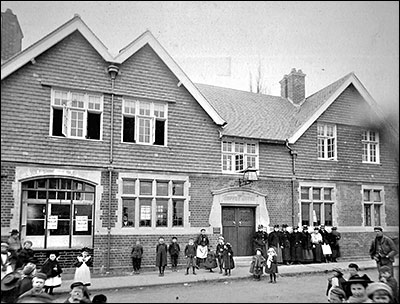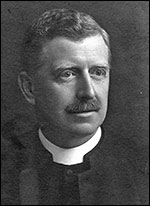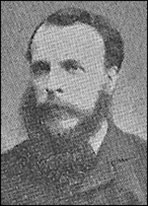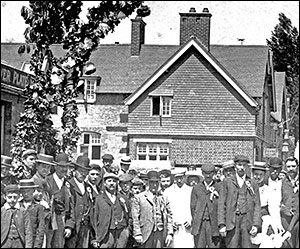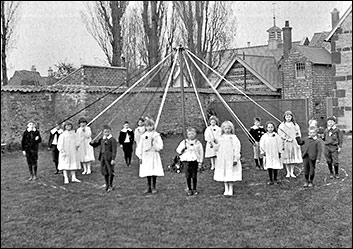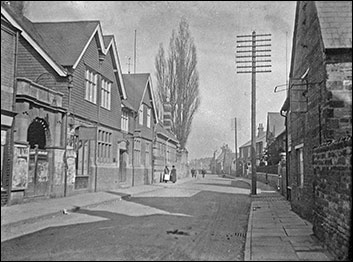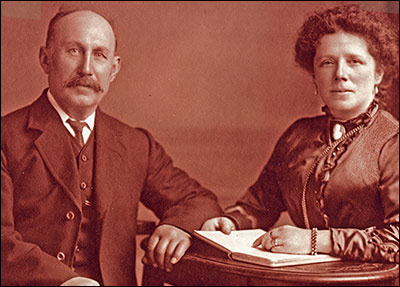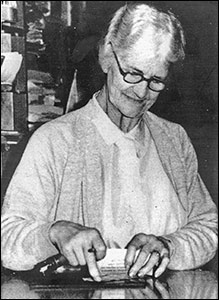| Article researched and presented by John Meads - 2006 |
||||||||||||||||||
|
||||||||||||||||||
|
||||||||||||||||||
|
Whereas today’s upmarket coffee bars are more often than not frequented by upwardly mobile young people with high incomes, more than a hundred years ago their forerunners were seen as the saviour of the morals of the working man. In 1897, in an unusual display of harmony, the established and the non-conformist churches in Burton Latimer joined forces to promote the provision of a coffee house for use by the working classes. This was to be an alternative to the working men’s clubs that were being formed in the village, and which were seen as offering the temptation of strong drink. It had taken a long time for this to happen. Nearly ten years previously, a debate had started when some members of the parish council had proposed that the Free Libraries Act be adopted. The Free Libraries Acts of 1850 and 1855 required a town over a certain size to vote whether to adopt the Act. Once an act was adopted, premises had to be found, and the new free library was to be funded by a half-penny in the pound increase to the rates. However, following a public meeting at the Baptist Assembly Room, the majority of the council felt that money should be spent on improving sanitary conditions in the village before being spent on providing a public library and that the best way forward would be to form a Limited Liability Company to build a Temperance Hall with coffee and reading rooms combined, which would not need to be financed from the rates. (Click here to read extracts from the meeting.) A committee was formed but little progress was made until about 1895 when a site that had been offered to them on The coffee house was built that year and opened in March 1898 by E.P. Monckton MP, member for the North Northants Division. At the opening, the wish was expressed that the original scheme should be completed and a public hall should be built on the remainder of the site later that year but further funds would have to be raised to accomplish this. (Click here for an account of the opening ceremony.)
The first managers of the coffee house had been Mr. & Mrs. Thomas Tapsell, but in about 1915, after the changes, Charles Gossage, previously a dairyman living at the dairy opposite, became the manager and in the 1918 electoral register his address is given as ‘The Palace Café.’
By about 1925 the building had been acquired by Barclays Bank, which initially occupied the left-hand section of the building with the caretaker’s accommodation on the right being rented out. From 1955 to 1975, the post office occupied the right hand side of the building, which had been built as the coffee house caretaker’s accommodation, but when the post office moved out in 1975, following long-serving postmistress Mrs. Dacre’s retirement, Barclays took over the whole of the ground floor of the building for its banking activities. The upper floor rooms were originally used as games rooms with billiard tables and bagatelle boards but were later converted to a flat. The bank manager’s living accommodation was originally in an older part of the building, which was said to have been a former farmhouse, and had been incorporated in the new premises in 1897. During one of the several refurbishments this became part of the bank’s office accommodation as there was no bank manager living on site. Barclays Bank closed its operation in Burton Latimer in 2017.
|
||||||||||||||||||
